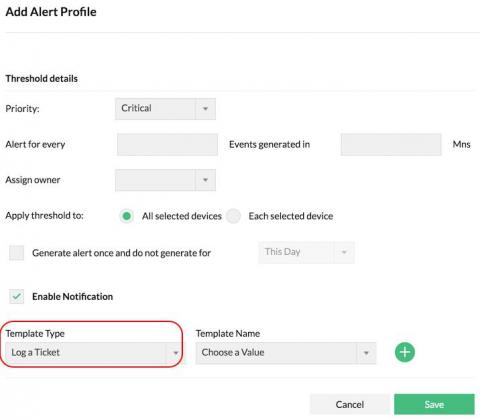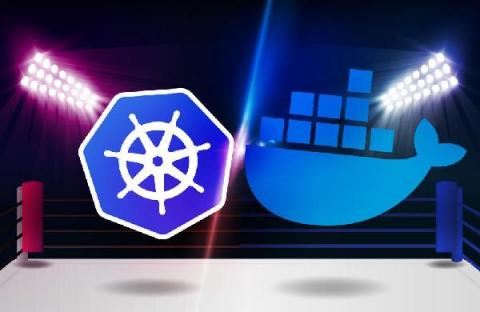Security | Threat Detection | Cyberattacks | DevSecOps | Compliance
Latest News
SentinelOne Advanced AlienApp
In today’s threat landscape there is no escape from having a 360° view to protect crucial organization assets. The criticality of the matter is greatly amplified in these times where working remotely has become vastly common among Enterprises and SMBs alike. An ideal security solution would combine threat detection & response on cloud resources as well as on the endpoint level, providing extensive, real-time and impactful coverage customers desperately need.
Digital transformation explained
No matter what sector your organization does business in, you’ve probably heard the term digital transformation. In every industry, digital transformation is going to be critical to remain competitive and resilient. But what does digital transformation mean? And how does cybersecurity fit in? Today’s organizations are facing an increasingly complex environment of securing everything attached to the network; applications, data, and endpoints.
Weekly Cyber Security News 04/06/2021
A selection of this week’s more interesting vulnerability disclosures and cyber security news. For a daily selection see our twitter feed at #ionCube24. Using external unauthorised web applications or storage systems leads to very bad data leakage. What if that data leakage could be nuclear weapons…..
Announcing Synopsys as an OpenChain Project third-party certifier
Today, we are proud to announce the expansion of the partnership between Synopsys and the OpenChain project to include third-party certification. The OpenChain Project already recognizes the open source expertise of Synopsys in both the service provider and vendor space. This latest recognition ensures that Synopsys participates in and continuously aligns to the OpenChain Project and ISO/IEC 5230 compliance specification.
Resolve network security issues efficiently with the Firewall Analyzer-ServiceDesk Plus integration
ManageEngine Firewall Analyzer reviews firewall logs to capture network security threats. It generates alerts upon detecting security threats and attacks, and notifies you, the security administrator, in real time. You can configure alerts to be sent via email, SMS, and more. With these real-time notifications, you can troubleshoot to take instant remedial action. You can also make changes to your firewall policies and configurations to prevent recurring security incidents.
The top 10 network security vulnerabilities for businesses in 2021
As per UK DCMS’s data breaches survey, about 32% of businesses in the UK have faced a form of cybersecurity threat between 2018 and 2019. As a result of these network security vulnerabilities, these businesses incurred costs on lost data and many other damages that totalled £4,180.
Ransomware and Energy and Utilities
The exponential growth of IoT devices in the energy and utilities industry has greatly increased focus on cybersecurity. Focus on cybersecurity across industries has increased recently, no doubt due to factors like COVID-19 forcing a jump in remote work. In 2020, we saw cybersecurity move from being a technical problem to a business issue.
SIEM for SMEs: Five Myths Debunked
Security information and event management or SIEM is an essential part of any company – large and small – when it comes to their security posture. However, there are a lot of SIEM myths preventing companies to get such a product. A good SIEM product would scan all the systems critical to your business, checking for anomalies and flagging security risks and threats.
Docker Vs. Kubernetes: A Detailed Comparison
The Docker vs. Kubernetes debate is common in the containerization world. Although most people like comparing Kubernetes and Docker, the two technologies are not exchangeable—you cannot choose one over the other. They are essentially discrete technologies that can perfectly complement each other when creating, delivering, and scaling containerized applications. In fact, the best at par comparison would be Docker Swarm vs. Kubernetes, which we’ll talk about later.









